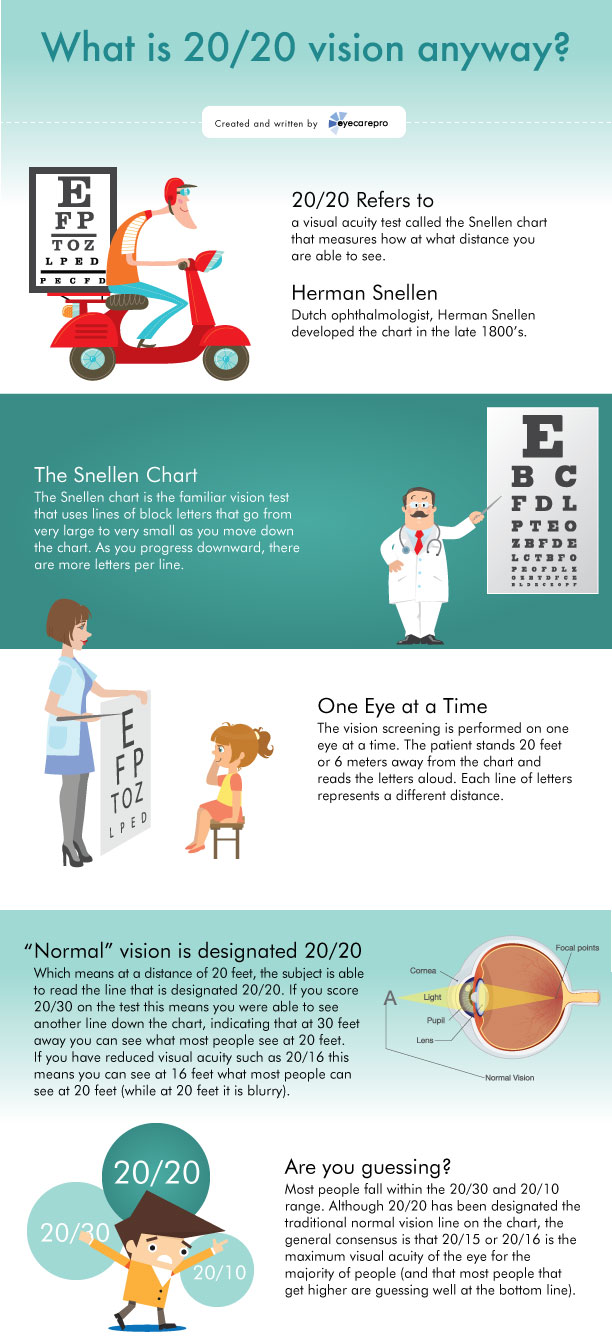As a cataract surgeon, your day begins with a thorough eye exam, where you assess people' vision and lens clarity. You recognize just how critical it is to identify cataracts accurately. As soon as detected, you prepare for surgical procedure, making certain every information is accounted for. But the difficulty doesn't end there. The real trip unravels in the operating room, where precision is vital. What occurs following could define a person's aesthetic future.
The Diagnostic Refine: Identifying Cataracts
When it concerns diagnosing cataracts, clearness is essential. You'll begin with a thorough eye exam, where you'll assess visual acuity and look for any indicators of cloudiness in the lens.
During this process, you'll make use of specialized tools, such as a slit lamp, to get a detailed sight of the eye's structure. You'll likewise carry out a dilated eye examination to examine the lens and retina more thoroughly.
Collecting your patient's case history is vital, as it assists determine danger elements like age, diabetes mellitus, or previous eye injuries.
After assessing the outcomes, you'll identify the presence and severity of cataracts. This thorough method guarantees you give the best referrals for treatment, establishing the stage for the following action in their treatment.
The Surgery: Accuracy in Action
After diagnosing cataracts and talking about treatment options, you plan for the procedure, where accuracy is extremely important.
You enter the operating room, wearing sterilized gloves and a mask. https://health.clevelandclinic.org/turned-down-for-lasik-consider-smile-for-nearsightedness/ relaxes pleasantly under brilliant lights, all set for the improvement.
You begin by providing local anesthetic, guaranteeing they feel no discomfort. With a consistent hand, you make a small cut in the cornea, utilizing innovative techniques to remove the over cast lens.
You carefully insert the synthetic intraocular lens, aligning it completely for optimal vision. Throughout the procedure, you keep track of vitals and adjust as required, maintaining concentrate on the job.
In simply a short time, you'll have restored your patient's view, a rewarding end result for both of you.
Post-Operative Treatment: Making Certain Ideal Healing
As soon as the surgical treatment is complete, your duty shifts to guaranteeing the person's smooth recovery.
You'll begin by offering clear post-operative instructions, stressing the value of wearing the eye guard and taking prescribed medications. Remind them to avoid rubbing their eyes and participating in laborious activities.
Schedule a follow-up visit within a couple of days to monitor healing and address any issues. https://kameronmgbuo.blogtov.com/16818095/begin-your-trip-to-clearer-vision-by-getting-vital-understandings-right-into-your-very-first-appointment-with-a-cataract-surgeon-and-find-out-what-shocks-may-be-waiting-on-you to report any indicators of infection, such as increased redness or discharge.
Furthermore, discuss the significance of using fabricated rips to alleviate dry skin. Assistance their emotional well-being by guaranteeing them that aesthetic enhancements might take some time.
Final thought
In a cataract surgeon's day, you witness the journey from diagnosis to recovery. You see the accuracy in surgery and the care taken post-operation to guarantee your ideal healing. With this experience, you acquire clearness not just in vision, but in recognizing the whole procedure. The depend on developed in between you and your doctor is crucial, paving the way for a smoother healing. With the appropriate assistance, you're on your means to delighting in a brighter, more clear world.
